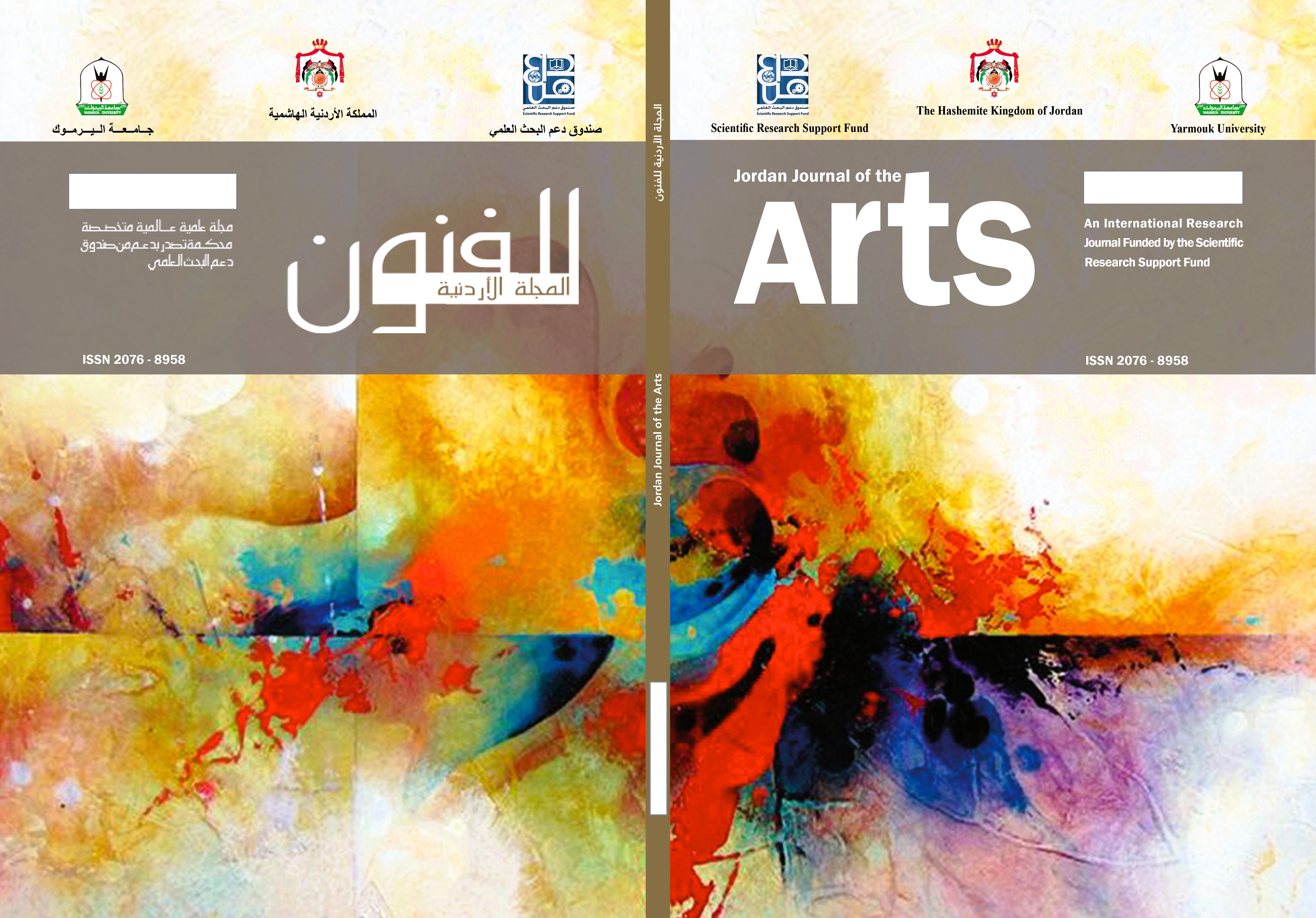artecle Adapting the Letters of Arabic Calligraphy to the Requirements of Chinese Calligraphy
فنون الخط العربي
Abstract
The research aims to explore the extent to which Arabic calligraphy letters can be adapted to meet the requirements of Chinese calligraphy. The study employs a descriptive-analytical method, with three purposively selected samples. The research tool is "direct observation," which follows the descriptive analysis of the samples. The study concludes with several findings, the most important being that Arabic calligraphy letters possess the flexibility to be adapted according to the demands of Chinese calligraphy. This includes the elongation, extension, and control of the letters and their movement in harmony with the unique characteristics of Chinese calligraphy in all the samples. The research recommends promoting the concept of adapting Arabic calligraphy to meet the requirements of Chinese calligraphy, which is an integral part of its cultural and historical heritage. It also encourages utilizing the constructive potential of Arabic calligraphy in renewing and modernizing its forms, both in the East and the West. Additionally, the study suggestes that non-traditional calligraphy forms should be considered as a criterion for evaluating calligraphy works in local and international competitions, as they add a third dimension to aesthetic and functional aspects. The research also proposes studying Chinese calligraphy and its decorative formations.


